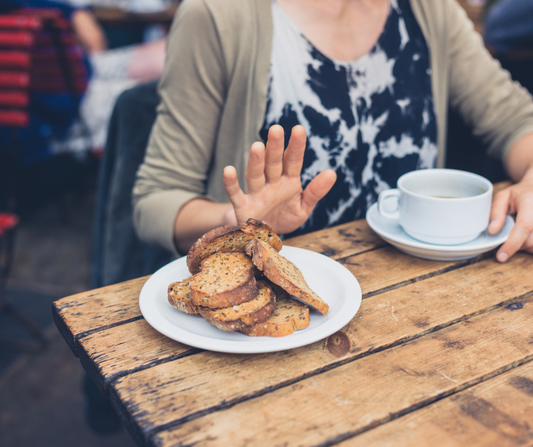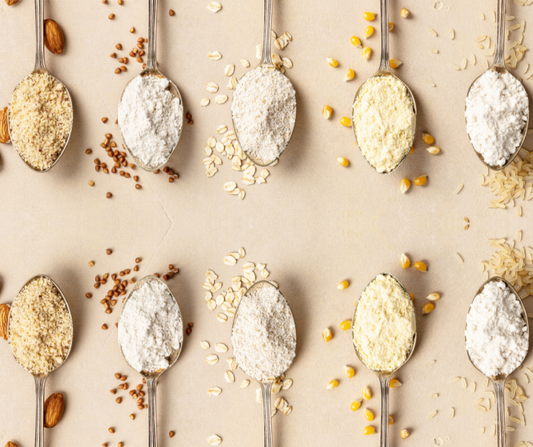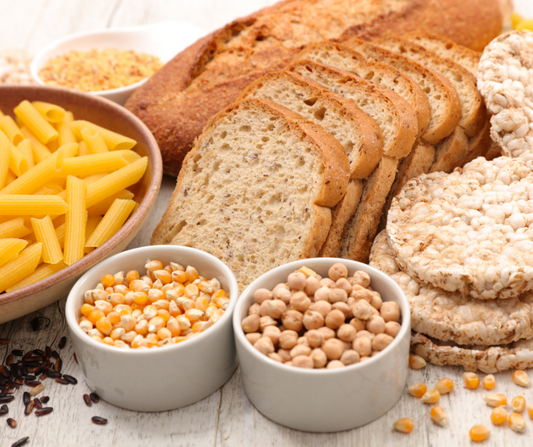Common wheat flour substitutes
Share
These do not behave in the same way as wheat flour; gluten-free versions of bread and baked goods will not be the same as their gluten-containing counterparts. It is important to understand the properties of gluten-free flours before deciding which one/ones to use.
Cornflour
While this should be made from corn or maize, many versions on our supermarket shelves are actually made from wheat. Check the label to ensure you purchase the genuine article. Cornflour is best used for:
· Thickening; because cornflour has greater thickening ability than wheat flour, when substituting use half as much (1 Tb cornflour for 2 Tb flour)
· In baking; while not good by itself as a substitute for flour in baking, a combination of cornflour plus another gluten-free flour such as rice or buckwheat flour works well. It is good used in sponge cakes
Rice flour
This can be used in muffins, biscuits and some cakes. It may require more liquid that the usual recipe suggests. It may take longer to bake and the end result is slightly drier and more granular. Again, a mix of gluten-free flours works best. Try mixing with buckwheat, chickpea and/or a little potato flour
Chickpea flour
Also called Besan, this nutritionally rich flour is made from ground-up chickpeas and used widely in Indian cuisine. It is good used as a thickener for sauces, soups or stews, for making flatbreads, as a binding agent in batters or as part of combined with other flours in baking
Potato flour
Made from ground potatoes, this high starch flour is very good as a thickener. It also works well combined with rice or buckwheat flour to give flavour and texture in baked goods such as cakes, breads and biscuits
Buckwheat flour
Contrary to its name, this does not contain any wheat or gluten. It is great for pancakes, crepes and waffles as well as being mixed with other flours in baking. Traditionally, buckwheat flour is used to make soba noodles in Japan and tiny pancakes in Russia called blinis. In France, the flour is used to make galettes, a thicker crepe traditionally topped with eggs and ham
Tapioca flour
This is sometimes called the best performing gluten-free flour. It comes from cassava roots and as such, is very high in starch. While low in essential nutrients, it is a multi-functional gluten-free flour which can be used as a thickening agent or mixed with other gf flours for everything from pizza dough to Christmas cakes.
Experimentation with this and the above flours will improve your confidence in using them but If all of this sounds overwhelming, the best option is to purchase ready to go gluten free flour or baking mixes



